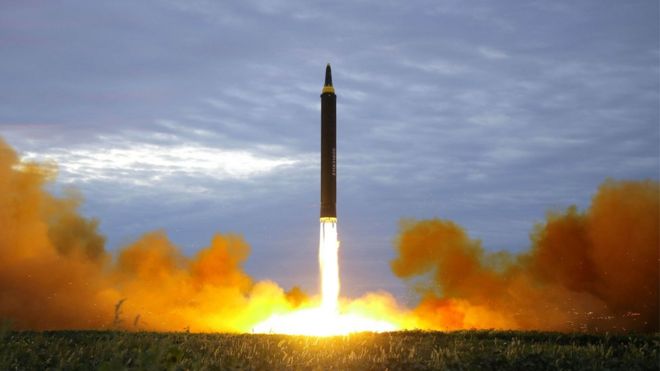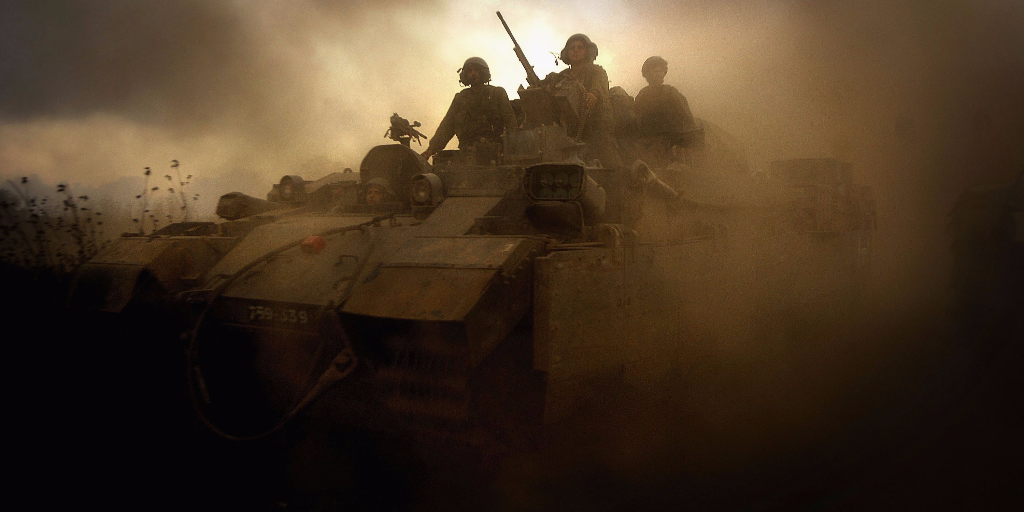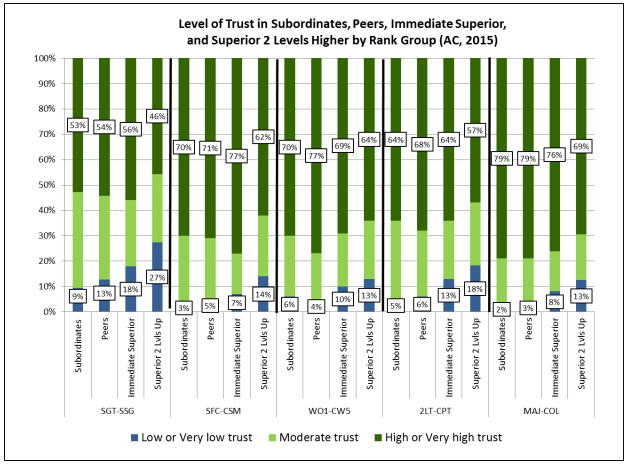By Jacob L. Shapiro
What’s happening to the U.S. Gulf Coast is difficult to exaggerate and even more difficult to ignore. Floodwaters from Hurricane Harvey have killed several people and displaced countless others. Situated higher in the Hill Country, Austin has been spared the worst of what Harvey has wrought in cities like Rockport, Houston and Corpus Christi. But it is near enough to the coast that most of us who call it home know someone afflicted by this particular natural disaster. In a way, it has become personal to us. Communities – and in the United States, states are absolutely communities – are funny like that.
Nature, of course, is indifferent to communities. It is ignorant to the objects of our study here at GPF. It doesn’t recognize the strategic imperatives of the United States any more than it recognizes those of China, which, like Texas, is currently a victim of nature’s capricious power. Typhoon Hato, which earned a signal 10 – the highest possible rating in Hong Kong’s classification system – struck the region Aug. 23. The South China Morning Post described it as “the worst typhoon that Macau has seen since 1968.” Typhoon Pakhar, which earned a signal 8 rating, hit the region a few days later on Aug. 27.










